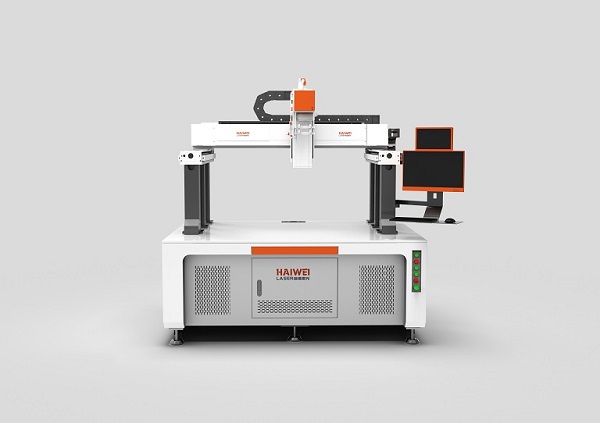Key Operating Considerations for Lithium Battery Laser Welding Machines
When integrating a lithium battery laser welding machine into production, proper setup and operation are critical—not just for weld quality, but for safety and equipment longevity. Here are practical guidelines based on field experience.

1. Material Surface Condition Matters
Even small amounts of oil, oxide, or dust on copper or aluminum surfaces can cause unstable absorption of the laser beam, leading to spatter or voids. Always ensure tabs, busbars, and housings are clean and dry before welding. In high-volume lines, consider inline cleaning or plasma pre-treatment for consistent results.
2. Use Appropriate Shielding Gas
Argon or nitrogen shielding is essential to prevent oxidation and porosity, especially in hermetic sealing applications. Verify gas flow rate (typically 10–20 L/min) and nozzle alignment. Poor gas coverage may not affect appearance but can compromise long-term corrosion resistance.
3. Calibrate Focus Position Regularly
The focal point directly impacts penetration depth. Even a 0.2 mm shift can turn a full-penetration weld into a partial one. Perform focus calibration weekly—or after any mechanical shock—and use a focus finder tool rather than visual estimation.
4. Monitor Reflective Feedback
Copper and aluminum reflect significant laser energy back into the delivery fiber. Modern lithium battery laser welding machines include back-reflection sensors; ensure this safety feature is enabled. Sudden spikes may indicate misalignment or surface contamination.
5. Validate Parameters with Real Parts
Don’t rely solely on supplier-recommended settings. Conduct DOE (Design of Experiments) using your actual materials, including worst-case thickness tolerances. Save validated recipes with clear naming (e.g., “Cu_0.15mm_Busbar_Al6061”) to avoid operator confusion.
6. Maintain Optics and Cooling System
Dust on protective windows or collimators scatters the beam. Clean optics per manufacturer schedule using approved methods. Also, check chiller temperature stability—fluctuations above ±0.5°C can affect beam consistency over long runs.
By following these practices, users can maximize uptime, reduce scrap, and ensure reliable performance from their lithium battery laser welding machine.
Recent Posts
- What are the advantages of laser welding machines in lithium battery pack production lines?
- What issues should be noted when choosing a lithium battery pack production line?
- Quality Inspection and Control of Lithium Battery Module Pack Production Line
- Cell grouping and sorting process in lithium battery module pack production line
- What are the safety hazards of lithium battery pack production lines and how can they be prevented?
INQUIRY

